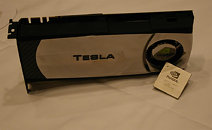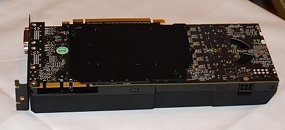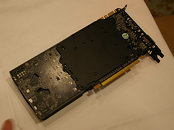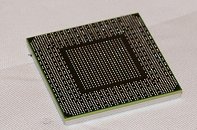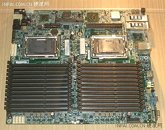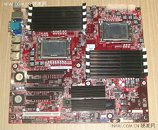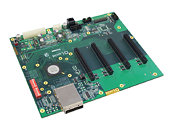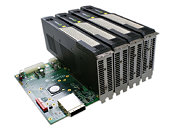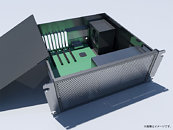
Intel Develops 'HPC-Optimized' 6-core Xeon Processors
Following AMD's recent success of its 6-core Opteron processor in the TOP500 supercomputer list, Intel has sensed a market for "HPC-optimized" processors, which the company expects will be out in the first half of 2010. These could be either variants of the Nehalem-EX multi-socket capable processors, or that by design, Nehalem-EX suits HPC (high-performance computing) applications better.
These 6-core processors will carry clock speeds higher than 8-core Xeon processors around that time. The processors will be able to work in systems with up to 256 processors (logical CPUs). In addition to these Intel also announced that it will be releasing a beta version of its Ct technology by the end of this year. Ct makes parallel programming in the C and C++ programming languages easier, by automatically optimizing code to exploit multi-core and many-core systems.
These 6-core processors will carry clock speeds higher than 8-core Xeon processors around that time. The processors will be able to work in systems with up to 256 processors (logical CPUs). In addition to these Intel also announced that it will be releasing a beta version of its Ct technology by the end of this year. Ct makes parallel programming in the C and C++ programming languages easier, by automatically optimizing code to exploit multi-core and many-core systems.

